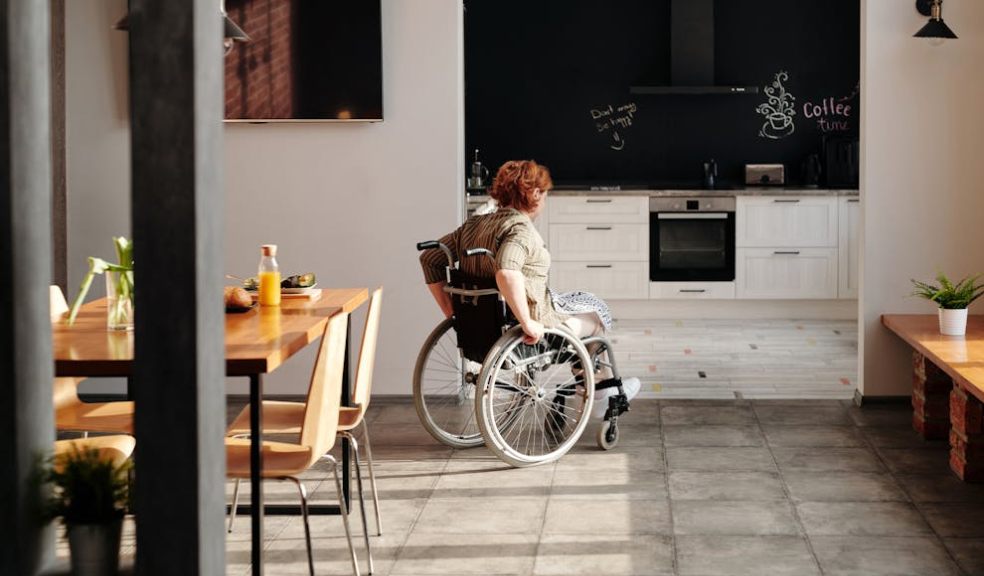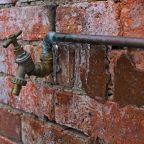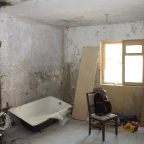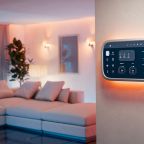
4 DIY Projects that Make Your Home More Accessible
Creating a home that is accessible is essential for ensuring older adults and those with disabilities can live independently and comfortably. Many homes are not designed for accessibility.
They pose a significant challenge to people with mobility issues. Creativity and DIY projects make a home accessible without costing a fortune. Listed here are some DIY projects that improve safety and functionality.
Ramp Installation for Wheelchairs
A common accessibility modification is the installation of a ramp for wheelchair users. It may seem daunting, but it is a manageable DIY project with some guidance. The first things to consider are appropriate location, available space, length, and slope.
Gather the materials, which usually include concrete footings, pressure-treated lumber, and screws. Measure and cut to the desired dimensions. Ensure they comply with the local building codes. Make the frame and securely attach the decking material. Install handrails for added stability and safety.
Grab Bars and Handrails
Handrails and grab bars provide support and prevent falls. Install them in locations like hallways and bathrooms where they are most beneficial. Ensure the area can support the force and weight applied to the bar.
Locate wall studs with a stud finder or use wall anchors. Attach the grab bar securely with mounting brackets or screws. Handrails are also needed for staircases and areas where additional support is required.
Like grab bars, handrails are mounted to the staircase or wall with the appropriate hardware. Using contrasting colors for handrails and grab bars improves visibility for those with visual impairments.
Simple Bathroom Modifications
The bathroom is among the most significant in making a home more accessible. Simple modifications greatly enhance safety and functionality. A raised toilet is more accessible when sitting down or standing up independently for those with mobility issues.
Replacing a traditional showerhead with a handheld model allows people to control water flow and direction, making bathing more accessible and convenient. Adhesive strips or non-slip mats in the bathtub or shower prevent falls and slips.
Widen Hallways and Doorways
Narrow hallways and doorways pose significant challenges for those using walkers or wheelchairs. Widening these areas improves maneuverability and accessibility. To widen a doorway, remove the existing door frame and door.
Measure the desired width carefully and mark the new opening. Cut through the wall with a reciprocating saw along the marked lines. Install the new door frame, ensuring it is securely attached and leveled.
Widening hallways involves reconfiguring the layout of the adjacent rooms or removing portions of the wall. Consult a professional if you are still determining structural implications or need assistance with complex modifications.
Reasons for the Modifications
Creating an accessible home is essential for promoting comfort, safety, and independence for older adults and individuals with disabilities. DIY projects make significant improvements that enhance the accessibility of a home.
Many items needed for accessibility modifications, such as toilets, handheld showerheads, hardware, reciprocating saws, and blades, are available from building merchants like MacBlair. Each project helps to create a more inclusive living environment.













